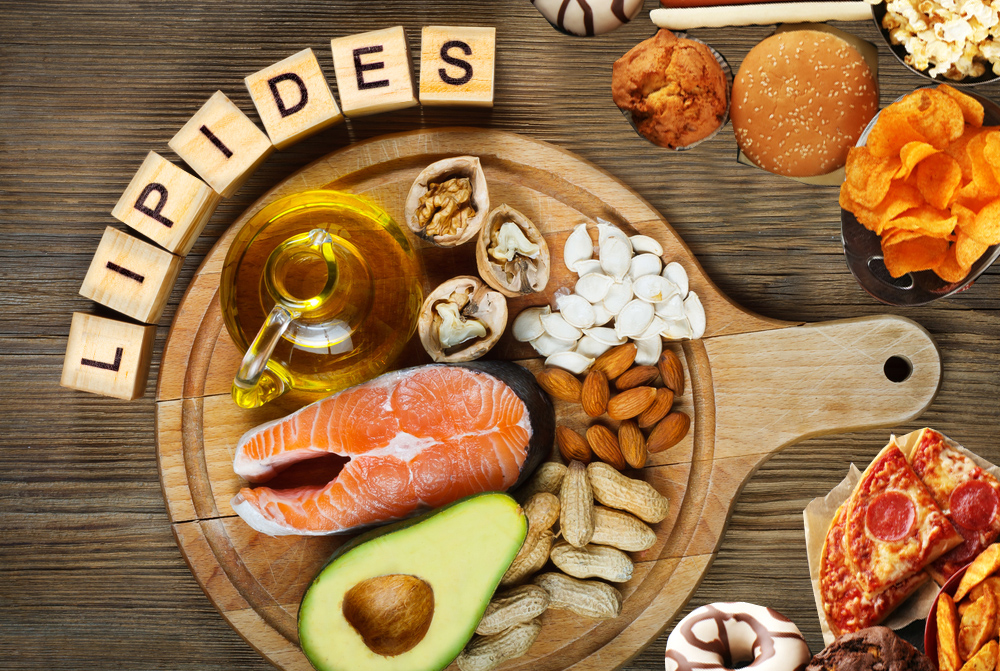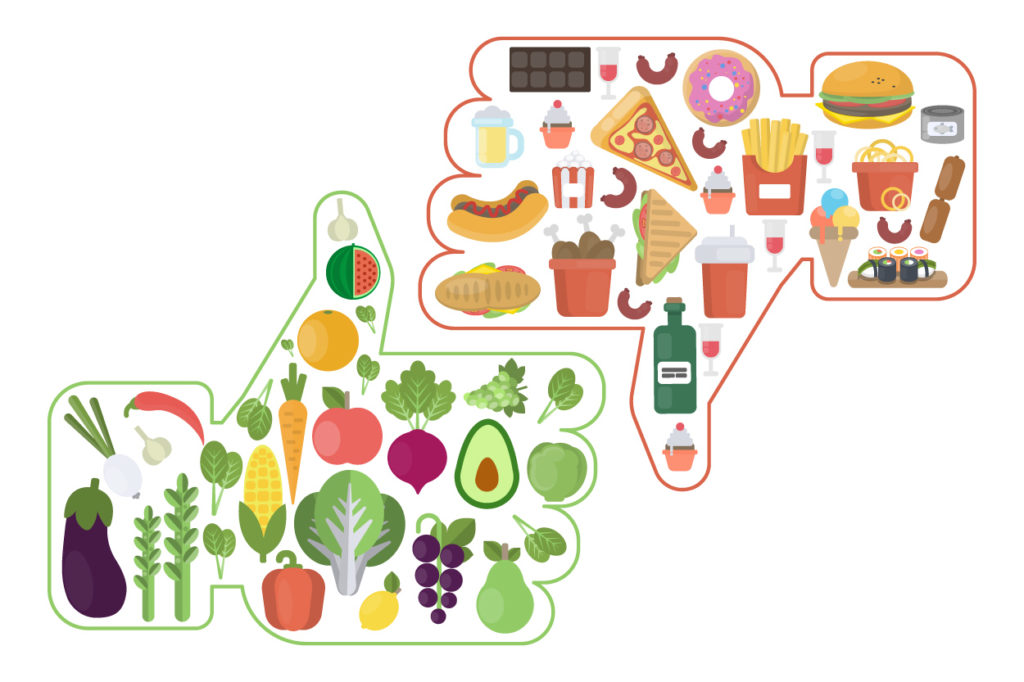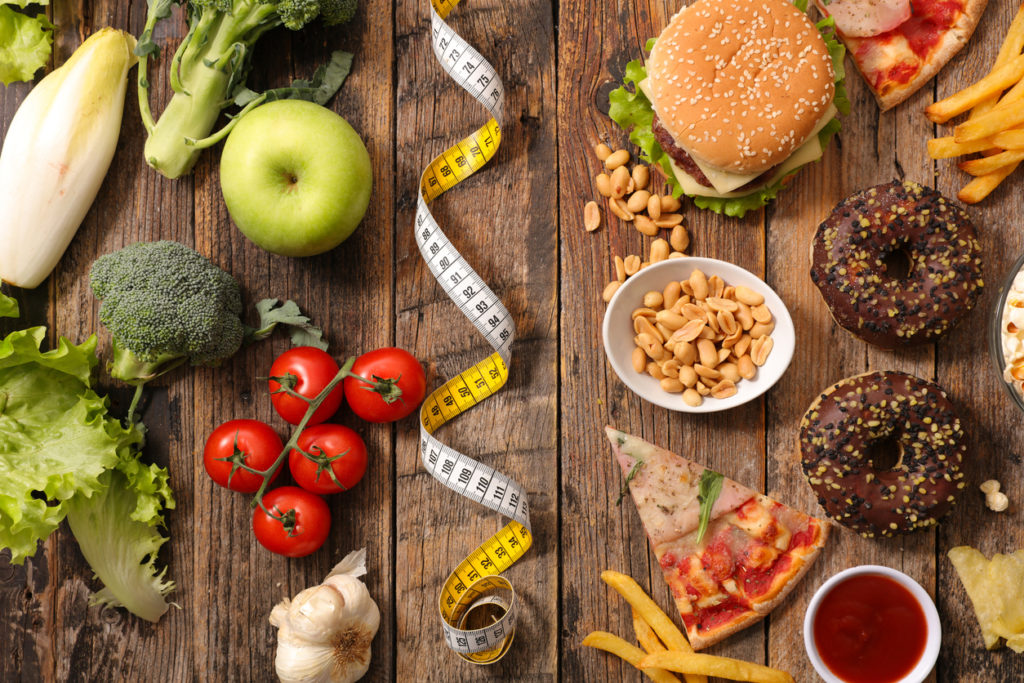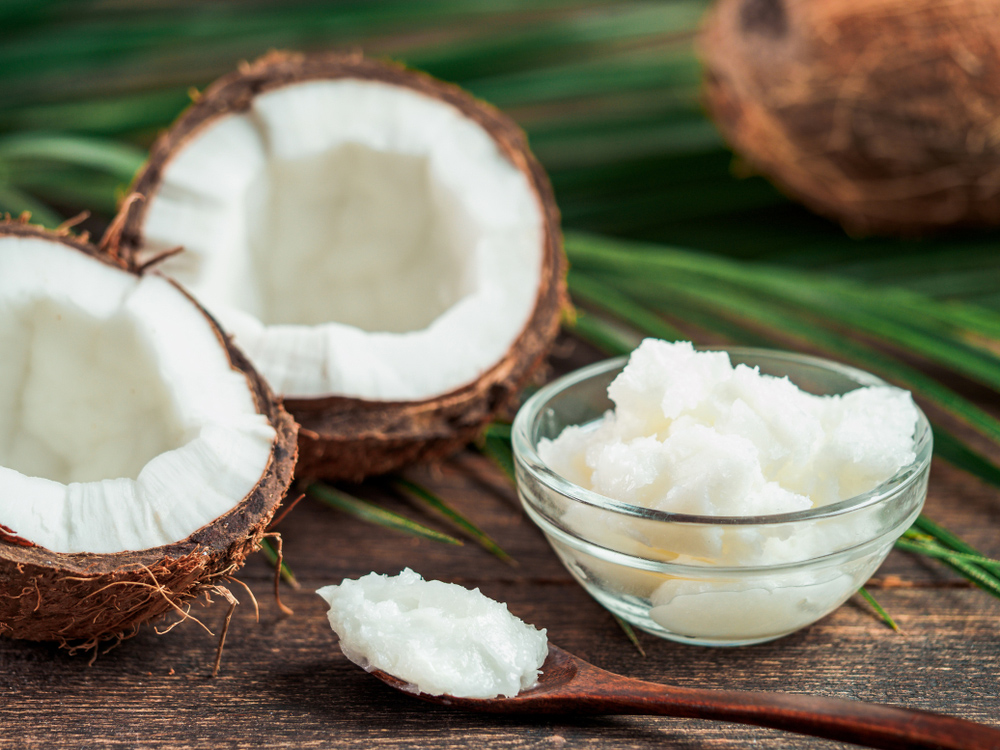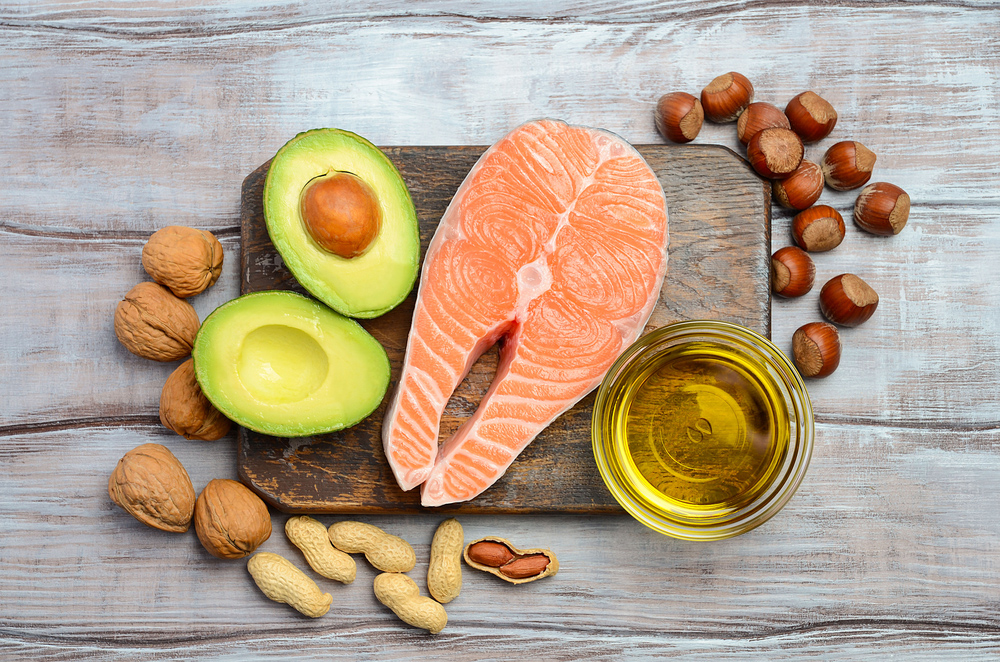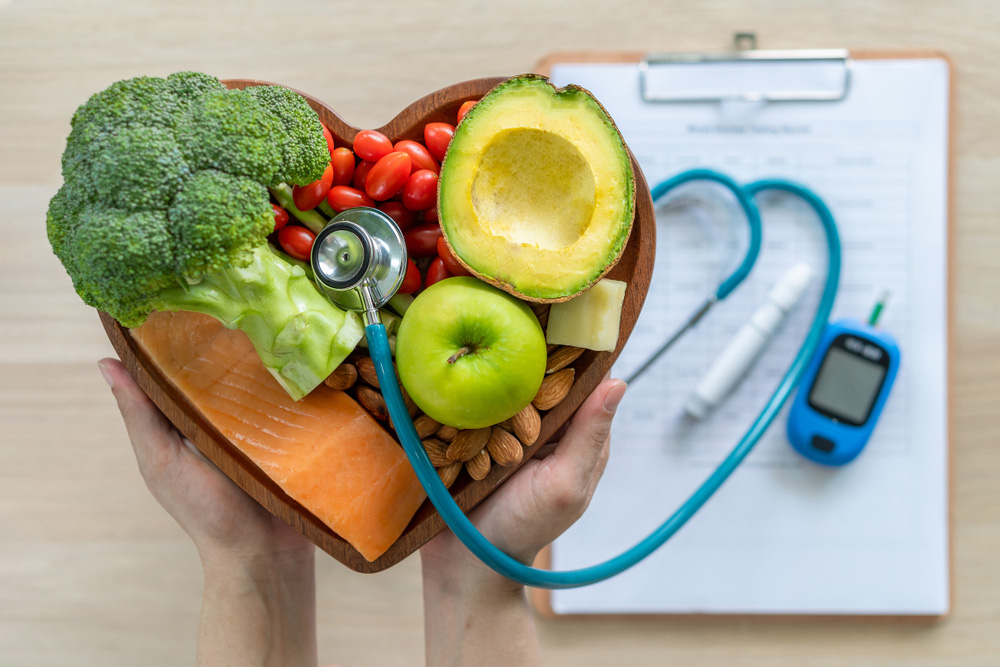Lipids are one of the seven basic constituents of our diet along with carbohydrates and proteins (macronutrients), vitamins, trace elements and minerals and water. These are the fats or fat of everyday life. They are characterised by their insolubility in water: they are said to be hydrophobic. There are different ways of classifying fatty acids.
From a biochemical point of view, we distinguish between: trans fatty acids (of poor quality and not recommended!), saturated fatty acids (SFA) (mainly from animal fats, present in butter, cold meats, eggs, meat, etc. ), monounsaturated fatty acids (MUFA) (olive oil, sunflower oil, avocados, pork, etc. ), polyunsaturated fatty acids (PUFAs) (provided mainly by rapeseed, flaxseed, soya or walnut oil as well as "fatty" fish // coconut oil is special, it is part of the medium chain triglycerides).
essential fatty acids which are essential for the development and proper functioning of the human body, but which our body cannot produce or in insufficient quantities (Omega-3 & 6 etc. ) and non-essential fatty acids.
WHAT ARE LIPIDS USED FOR?
Lipids have extremely important roles within the body:
Cholesterol-lowering action, immunity, anti-inflammatory, blood coagulation, body insulation (thermoregulation) and brain insulation (protects neurons), energy storage, hormone manufacture, transport of fat-soluble vitamins.
A fundamental structural role, because in "phospholipid" form, they are the main constituents of cell membranes, the setting up of synapses, etc.
A range of necessary benefits that it would be awkward, even dangerous to ignore. The Recommended Dietary Allowance (RDA) for lipids is around 28-35% of the total energy intake for the day, the ideal being 30%, i. e. around 1 to 1. 2 g/kg of weight per day2. However, it is advisable to focus on the quality of fat rather than the quantity.
STORAGE OF FATS
The main defect of lipids, but one that cannot be ignored, is their capacity to be stored without limit, unlike carbohydrates (see special file on carbohydrates). This aspect has earned them the mistrust of sportsmen. Lipids are essentially stored in the form of fatty acids in the cytoplasm of adipocytes.
These cells together form the adipose tissue, commonly known as "fat". The adipocytes or fat cells (20 to 25 billion per person) are the receptors of these "droplets" of fat, their walls are very elastic and their size is therefore constantly changing, in direct relation to excess food.
They store lipids up to a critical cell size of between 70 and 120 μm. Beyond this maximum size, the adipocyte, no longer able to store fat, divides, which leads to the formation of a new adipocyte
WHAT IS THE INTEREST OF LIPIDS FOR THE ATHLETE?
Fat is a concentrated source of energy3, mainly recommended for long-duration sports. For short and intense sports or during the first minutes of the effort, carbohydrates will be used in priority.
Afterwards, when carbohydrate reserves have been used up, the necessary energy will be provided by fat4. Therefore, the dietary programme should be developed taking into account the specific needs of the type of sport practised.
HOW MUCH?
Dieticians believe that to be healthy we should consume no more than 30% of fat of our daily calorie intake, while saturated fatty acids should not exceed 10% of total calories5.
If you decide to diet or are in a "drying out" phase (for sports such as bodybuilding or weight training), you should limit your fat intake to 25%, always favouring unsaturated fats with a maximum of 5% saturated fats2.
HOW TO CALCULATE YOUR FAT INTAKE?
You multiply your total calories by 30%, which will give you your total fat calories. Then divide by 9 (calories in grams) and you get your daily fat total.
Why do we divide by 9? Because 1 gram of fat provides 9 calories. In comparison, the same amount of carbohydrates or protein gives you 4 calories and 1 gram of alcohol will give you 7 calories3.

